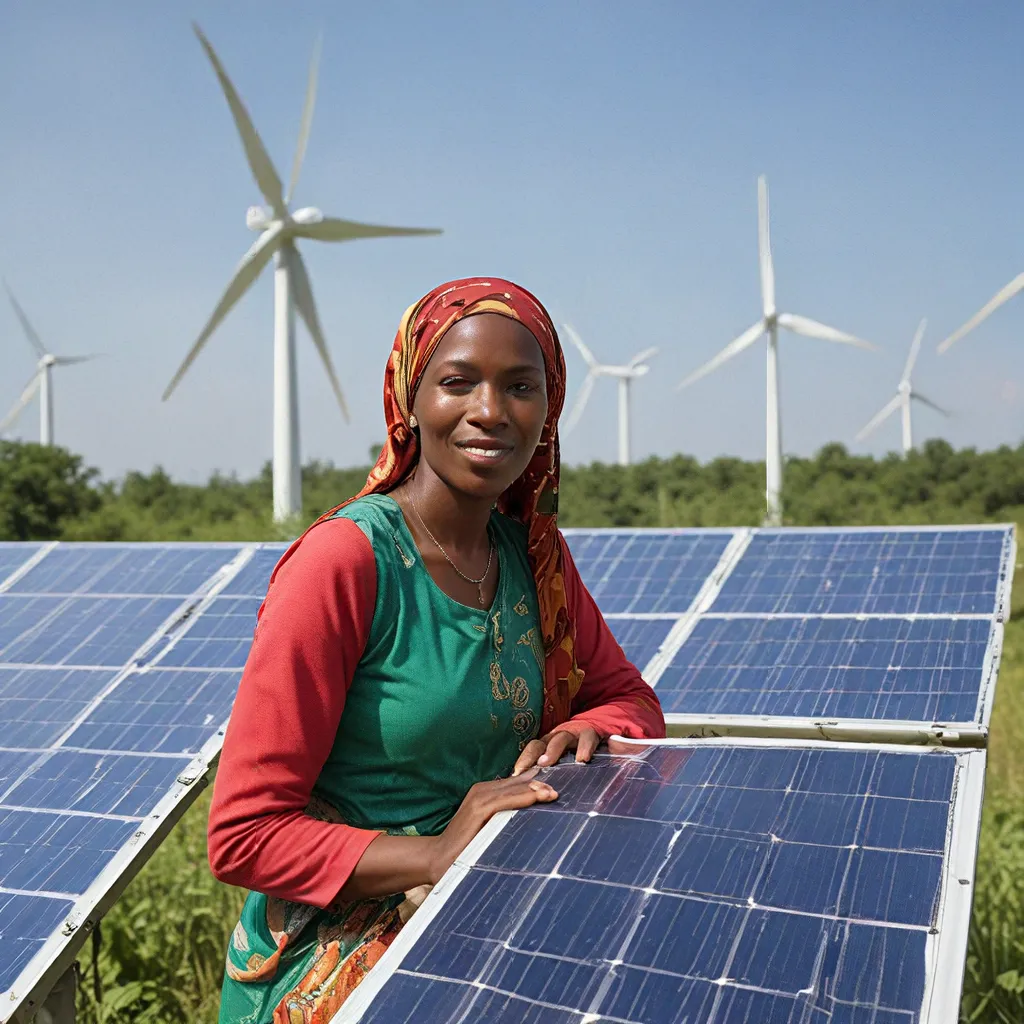
Powering Up a Cleaner, More Inclusive Future
As I stroll down the sun-dappled streets of my neighborhood, it’s hard not to notice the solar panels glinting on the rooftops. They’re a symbol of progress – a sign that sustainable energy is taking root in our communities. But the more I dig into the data, the more I realize that this clean energy revolution is leaving too many people behind.
Historically, low-income households and communities of color have faced systemic barriers to accessing renewable technologies like solar and energy efficiency upgrades. It’s an issue of energy equity – the idea that everyone, regardless of their background or ZIP code, should be able to reap the benefits of a greener, more resilient power grid.
Uncovering the Energy Equity Gap
The numbers tell a sobering story. According to the World Resources Institute, more than one in four U.S. households face a “high energy burden,” spending at least 6% of their income on electricity and heating. And these burdens fall disproportionately on Hispanic, Black, and Native American families, who have median household energy costs that are 35%, 42%, and 42% higher than white households, respectively.
It’s a cruel irony – the very communities that contribute the least to climate change are often the ones suffering the most from its effects. As the World Bank puts it, “Sustainable solutions must target African countries left behind in quest for global energy access.”
Bridging the Clean Energy Divide
So, what can be done to close this energy equity gap and ensure that the benefits of renewable power are distributed more fairly? The U.S. Department of Energy has some ideas:
Targeted Investments: The federal government can play a crucial role by directing clean energy funding and incentives towards underserved communities. Programs like the Weatherization Assistance Program and the Electric Infrastructure Loan and Loan Guarantee Program are designed to help low-income households access energy-efficient upgrades and clean power.
Inclusive Policymaking: To be truly effective, these initiatives must be informed by the input and lived experiences of the communities they serve. By incorporating diverse perspectives into the policymaking process, we can craft solutions that address the unique challenges faced by marginalized groups.
Workforce Development: The clean energy transition presents an opportunity to create good-paying jobs and economic growth. But to ensure these benefits are equitably distributed, we need to invest in training and career pathways that prioritize women, people of color, and other underrepresented groups.
Of course, tackling the energy equity challenge won’t be easy. As the World Bank report notes, “Significant progress has been made since 2010 on various aspects of the Sustainable Development Goal 7, but progress has been unequal across regions.” In Sub-Saharan Africa, for example, population growth has outpaced gains in electricity and clean cooking access.
Powering Up a More Inclusive Future
But here’s the thing – I believe we’re at a pivotal moment. With the Biden administration’s focus on environmental justice and the historic investments being considered in Congress, we have a once-in-a-generation opportunity to build a cleaner, more inclusive energy system.
Imagine a world where every household, regardless of their income or zip code, has access to affordable, reliable, and sustainable electricity. Where the burdens of energy costs and environmental hazards are shared equitably, rather than disproportionately impacting marginalized communities. Where the clean energy revolution creates good jobs and economic opportunities for all.
That’s the future I want to see – and I’m willing to roll up my sleeves and work towards it. Because at the end of the day, energy equity isn’t just about statistics and policies. It’s about empowering people, strengthening communities, and creating a better tomorrow for everyone.
So, let’s get to work, shall we? Head on over to Plug n’ Save Energy Products to explore the latest renewable technologies and energy-saving solutions. Together, we can power up a cleaner, more equitable future – one rooftop solar panel, one energy-efficient upgrade, and one empowered community at a time.